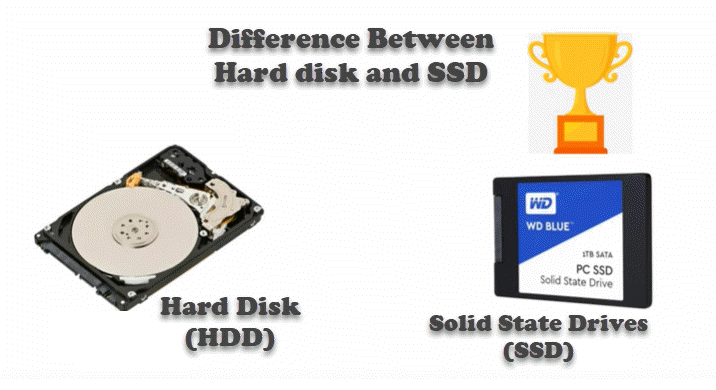Yes, it is possible to replace an HDD (Hard Disk Drive) with an SSD (Solid State Drive) without losing the files on the HDD. This process typically involves cloning the contents of the HDD to the SSD, effectively duplicating the entire drive onto the new storage device. Here are the general steps you can follow:
### Step 1: Gather Necessary Tools and Software
1. **SSD:** Acquire the SSD that you want to use as the replacement.
2. **SATA-to-USB Cable or External Enclosure:** This allows you to connect the SSD to your computer externally for the cloning process.
3. **Cloning Software:** Use disk cloning software to clone the contents of the HDD to the SSD. Popular options include Macrium Reflect, EaseUS Todo Backup, Clonezilla, and others.
### Step 2: Connect SSD Externally
1. **Connect the SSD:** Use a SATA-to-USB cable or an external enclosure to connect the SSD to your computer via USB.
2. **Initialize and Format the SSD:** If the SSD is new or hasn't been initialized, you may need to initialize and format it using Disk Management on Windows or Disk Utility on macOS.
### Step 3: Clone HDD to SSD
1. **Launch Cloning Software:** Open the chosen disk cloning software.
2. **Select Source and Target Drives:** Choose your HDD as the source drive and the SSD as the target drive.
3. **Start the Cloning Process:** Follow the instructions provided by the cloning software to initiate the cloning process. This will copy the contents of the HDD to the SSD.
### Step 4: Physically Replace HDD with SSD
1. **Power Off Your Computer:** Shut down your computer completely.
2. **Physically Replace the Drives:** If you're comfortable doing so, open your computer case, remove the HDD, and replace it with the newly cloned SSD. Make sure to connect the SSD to the same SATA port as the HDD.
### Step 5: Boot from the SSD
1. **Boot into BIOS/UEFI:** When you turn on your computer, access the BIOS/UEFI settings (usually by pressing a key like F2, Del, or Esc during boot).
2. **Change Boot Order:** Set the SSD as the first boot device in the BIOS/UEFI settings.
3. **Save Changes and Exit:** Save your changes and exit the BIOS/UEFI. Your computer should now boot from the SSD.
Step 6: Verify and Clean Up
1. **Verify Data on SSD:** Once your computer boots from the SSD, verify that all your files and applications are present.
2. **Erase or Repurpose the HDD:** After confirming the SSD is working correctly, you may choose to erase the data on the HDD or repurpose it as additional storage.
By following these steps, you can replace your HDD with an SSD while preserving all your data and settings. Always make sure to have a backup of your important data before performing any hardware changes or disk cloning procedures to avoid potential data loss.


.jpg)
No comments:
Post a Comment